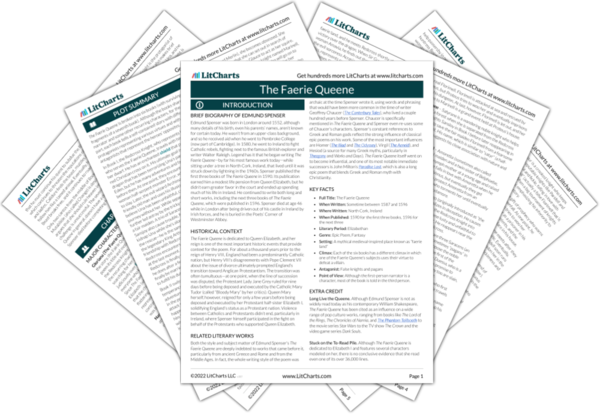Arthegall’s judgment in this section deliberately references (and perhaps parodies) the judgment of King Solomon, who once suggested cutting a baby in half. Most interpret Solomon’s judgment as not a literal command to cut a baby in half but just a trick to discover the identity of the true mother, and so here Arthegall suggests cutting the lady in half in hopes of creating a similar outcome.
